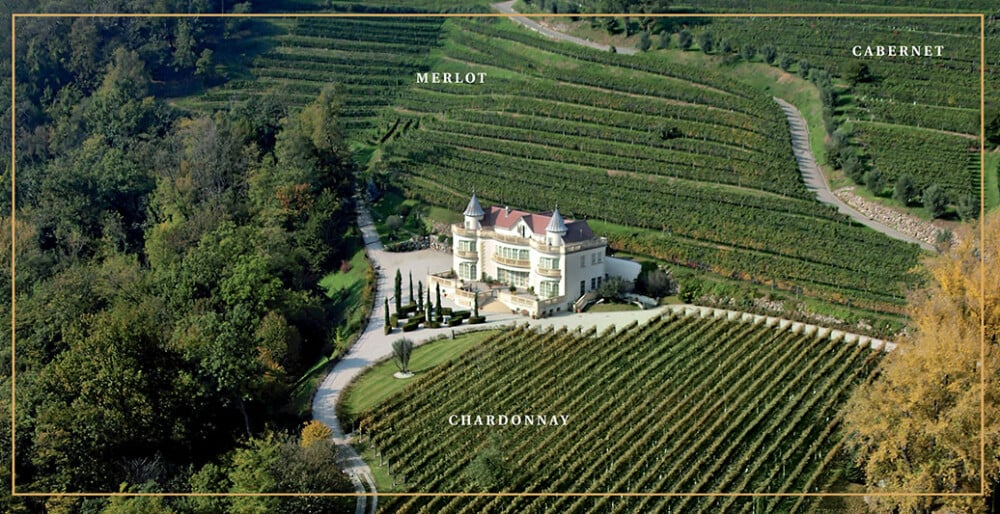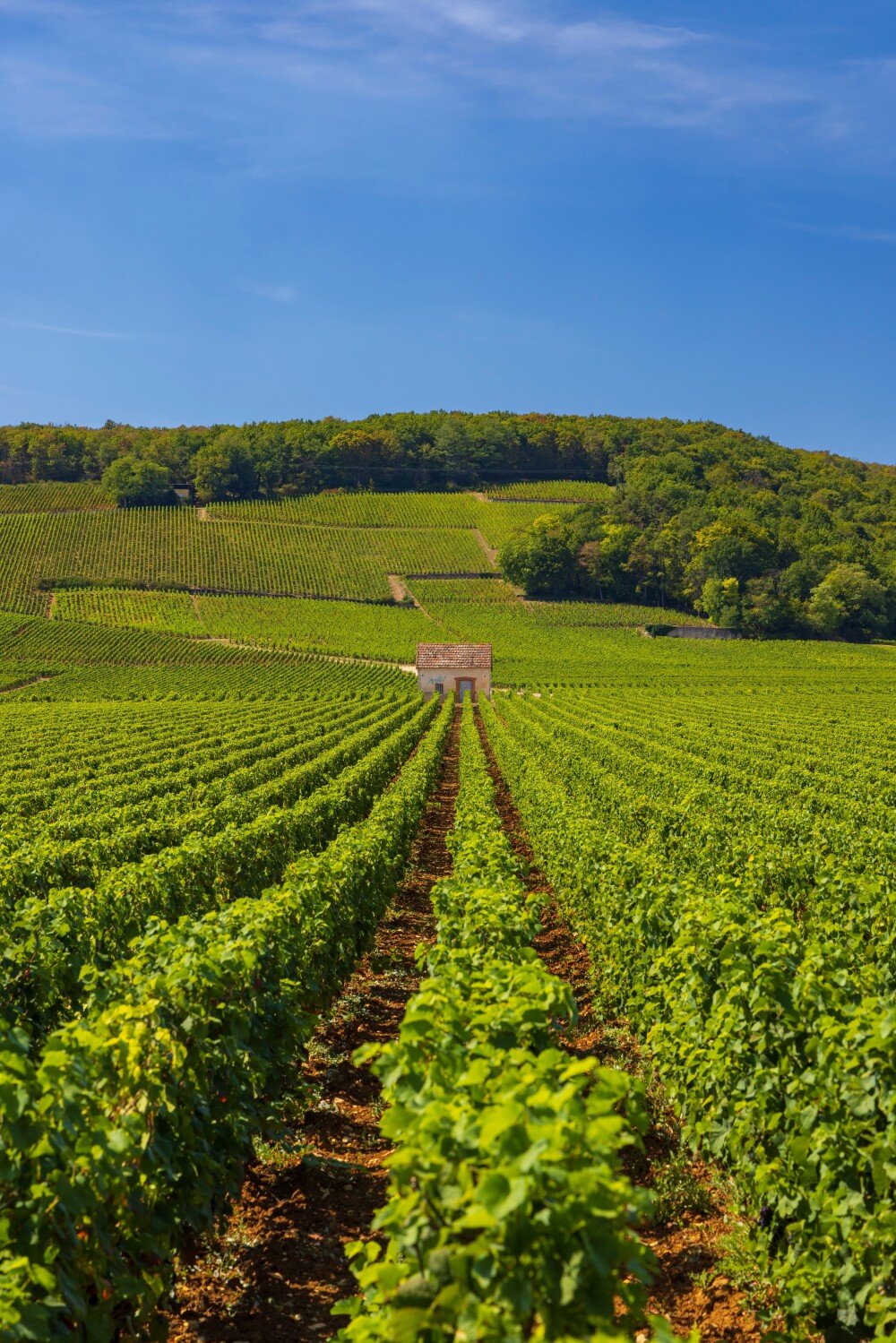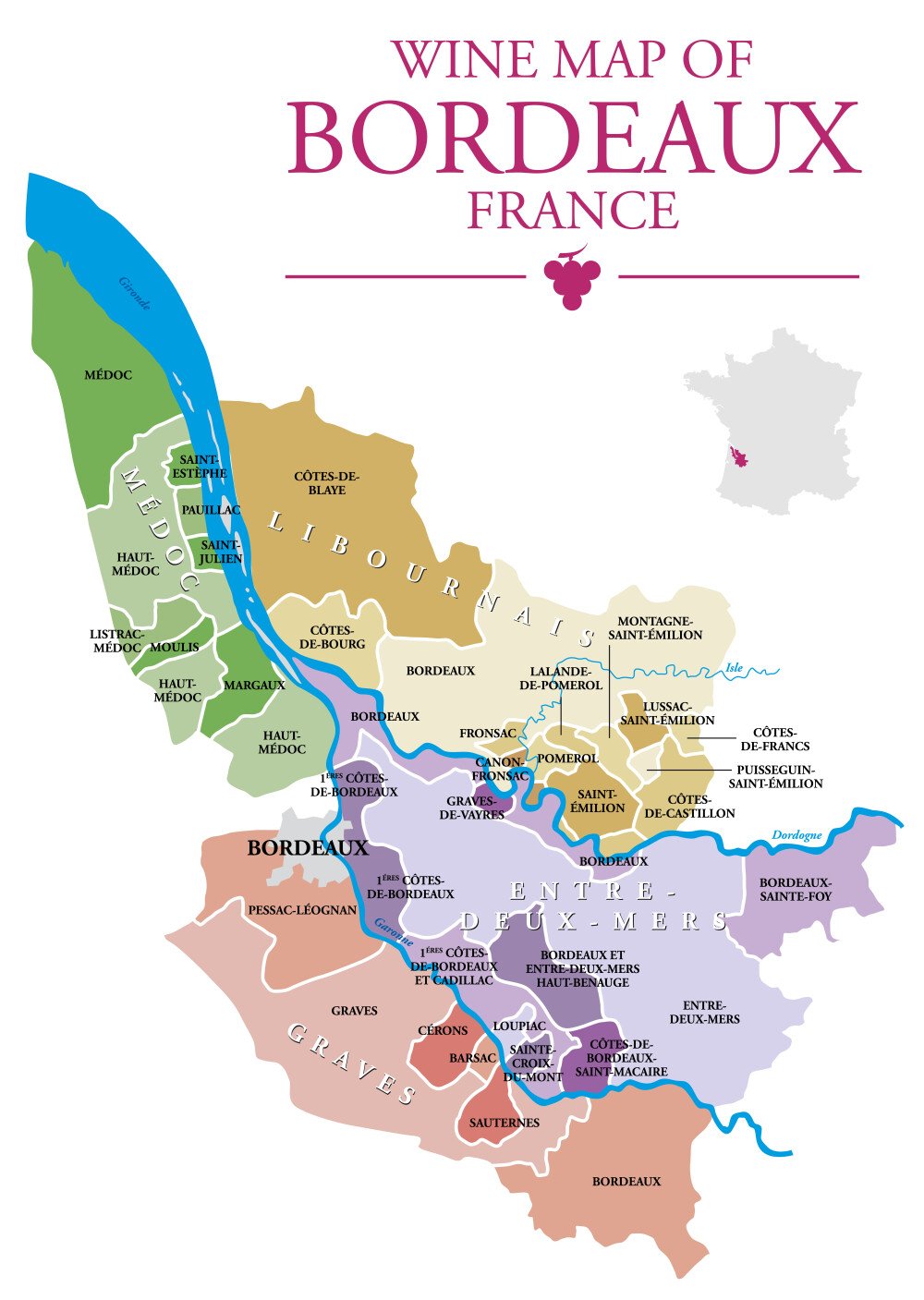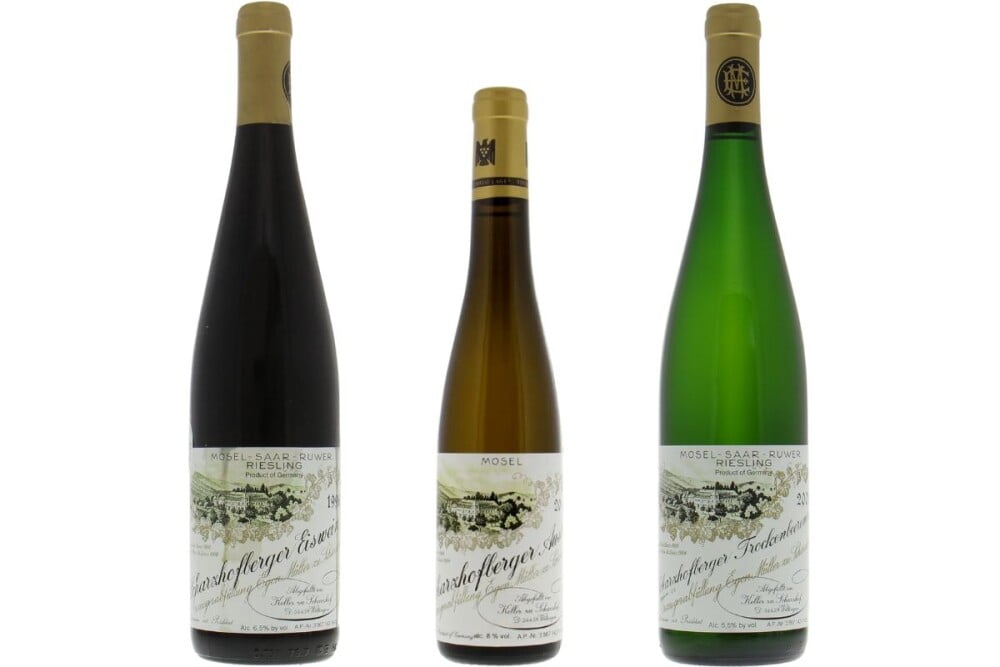When you think of Switzerland, you often think of the beautiful mountains, skiing holidays and cheese fondue, but probably not of the excellent wines that come from there. For a long time, Swiss wines have stayed under the radar of the general public. One reason for this is that almost all wine stays within the country and is consumed domestically, and only 1% is exported. This is now changing, which is a good thing, because Switzerland produces wines with a very own style and of high quality. That is why these wines will now play a greater role in our selection. Want to know more about Switzerland as a wine country? In this blog you can read everything there is to know about the viticulture in this beautiful country and you will get to know Castello Luigi, our new Swiss winery at Best of Wines.

It's time for Swiss wine
get to know Castello Luigi
Switzerland as a Wine Country
The first vines grew along the riverbanks and valleys as far back as 3,000 years ago. It was the Romans who planted these first vineyards. In the mid-19th century, the vineyard area consisted of 35,000 hectares. Over the years, this area has shrunk to half its size. Phylloxera and mildew were mostly to blame, but the competition from France and Italy also played a role in this.
Viticulture is present all over Switzerland and vines are planted in every canton (Swiss province) except for the high mountains. The heart of Swiss viticulture can be found in the French-speaking part: Valais. This area is located in the southwest of the country, close to the French and Italian borders. The vineyards of Valais stretch for about 60 kilometers along the banks of the Rhone. These vineyards are among the highest in Europe. The highest plot is located at 1,100 meters above sea level. It is called Visperterminen and you can find it near the village of Heidadorf. Another special trivia is that the smallest vineyard in the world can also be found here. This orchard is 1.5 square meters in size and only three vines are planted on it. These vines are owned by the Dalai Lama, the supreme leader of Tibetan Buddhists.
The country produces an average of 1.1 million hectoliters per year from a total area of 15,000 hectares. Of this, 75% comes from the French-speaking part, 18% from the German-speaking part of the country and 7% from the Italian part of the country. Ticino falls under the Italian part and this area is also called the land of Merlot. This grape variety accounts for 90% of the total planting there. It's no surprise that Ticino-Merlot is a real household name in Switzerland!
The yearly production is limited to only 12,500 bottles.
Grape varieties
Switzerland is home to about 200 different grape varieties. Many of these are native, hybrid, or cross breed varieties. The main blue grape varieties are Pinot Noir, Gamay, and Merlot. For white wines, Chasselas is the most important grape variety, followed by Müller-Thurgau. Some of the indigenous grape varieties are Petite Arvine, Gamaret, Garanoir and Cornalin, to name but a few. These are grape varieties that you will not find anywhere else in the world. This is what makes wine from Switzerland so unique.
Castello Luigi
Castello Luigi is located in the town of Besazio in the Ticino region; a stone’s throw away from the Italian border. Castello Luigi is considered one of the most prestigious wineries in the region. Luigi Zanini, the owner of the winery, bought the 'Belvedere' estate in 1988. He has transformed the old farmhouse into a beautiful castle, which acts as the heart of the domain. The wine cellar is also located in this fairytale-like mansion. The underground cellar is almost 19 meters deep. This way, gravity can be used throughout the entire vinification process: from pressing the grapes to bottling the wine. After bottling, the bottles are stored in the cellar for another year before being released on the market.
The plots surrounding the castle are planted with Merlot, Chardonnay and Cabernet Sauvignon, in which Merlot plays the leading role. The total yield per hectare is deliberately kept low, so that the grapes are of high quality. The portfolio consists of two wines: one red and one white. The red wine usually consists of 90% Merlot, supplemented with Cabernet Sauvignon and Cabernet Franc. The total aging takes 30 months, of which 18 months in barrels in French barriques and 12 months in bottle. This cuvée is characterized by an intense aroma with a lot to discover, such as cherries, plums, berries, licorice, tobacco, cinnamon, and vanilla. The wine also has fresh acidity and ripe tannins. It is with good reason that Castello Luigi Rosso has been awarded the highest score several times by various wine critics. The rosso is certainly not inferior to a good Bordeaux. The white wine is made from 100% Chardonnay and this wine also ages for almost 30 months. In this case 10 months in French barrique and 18 months in the cellar in bottle. Full, complex and with a long finish.
The yearly production is limited to only 12,500 bottles. This, in combination with the amazing quality, causes the wines of Castello Luigi to sell out quickly. Want to know more? View our range of Swiss wines.



